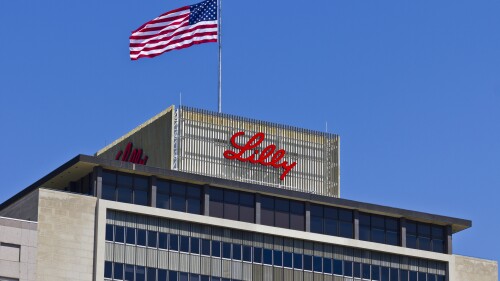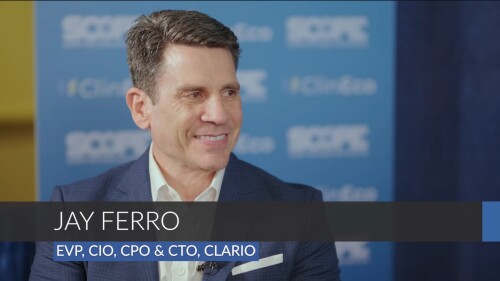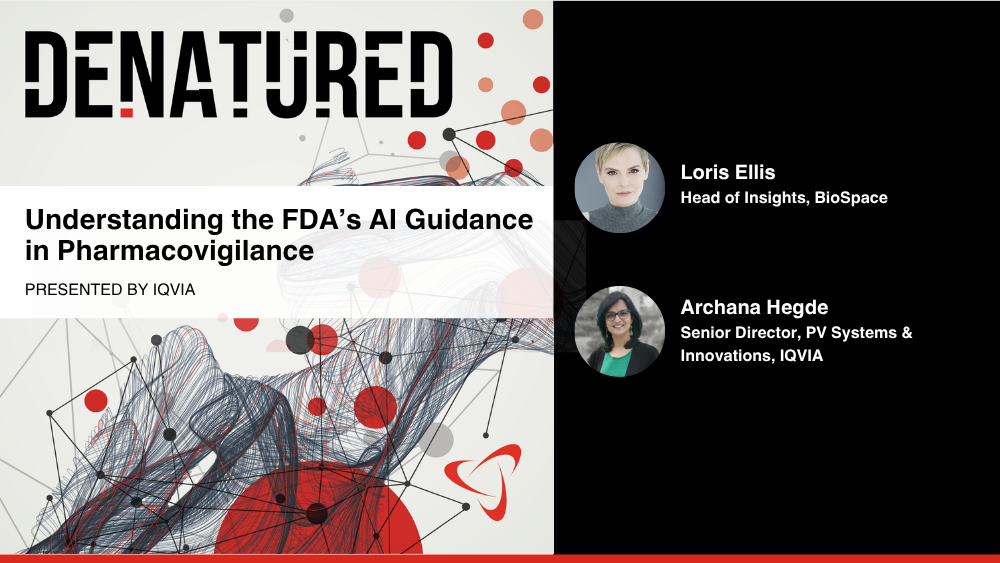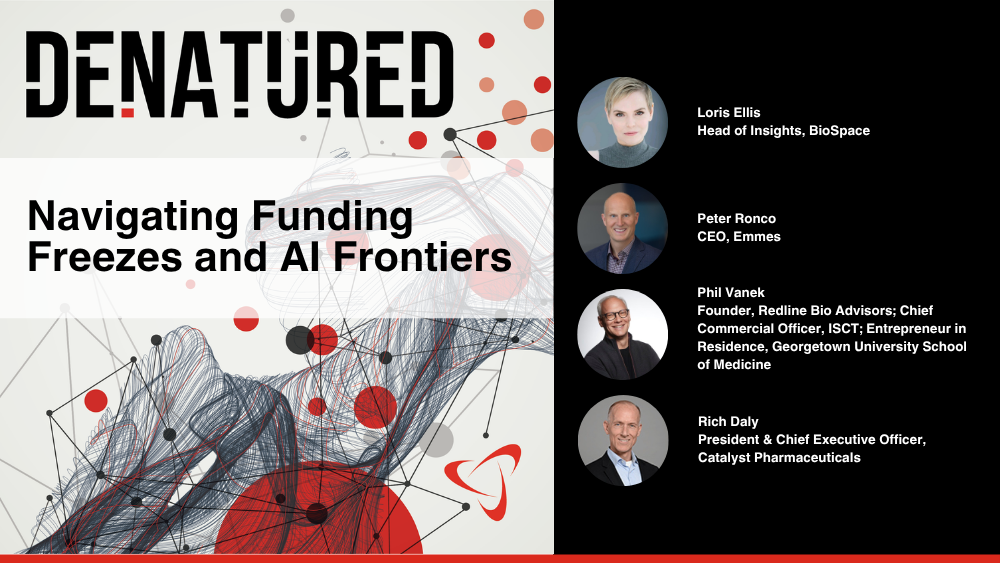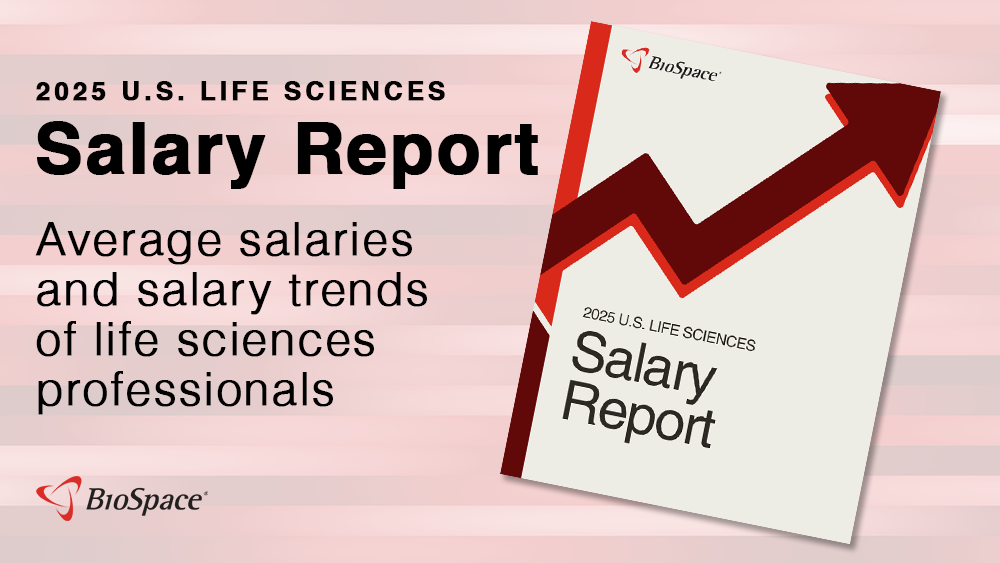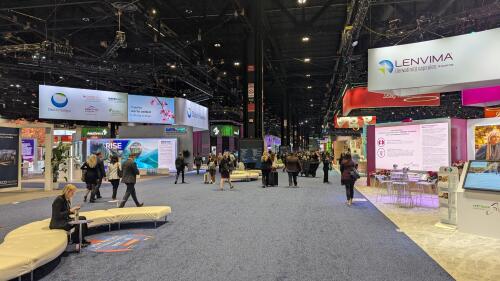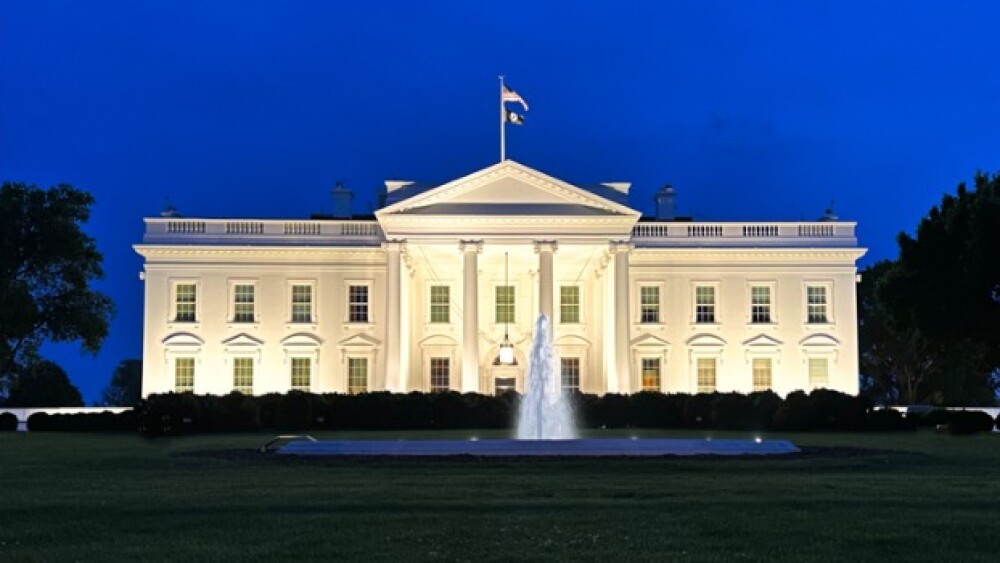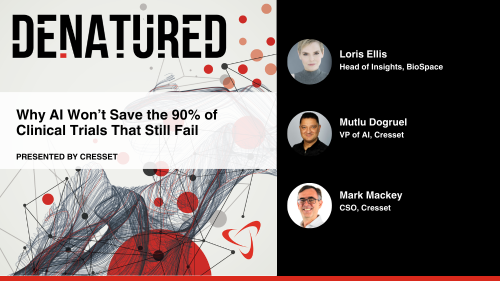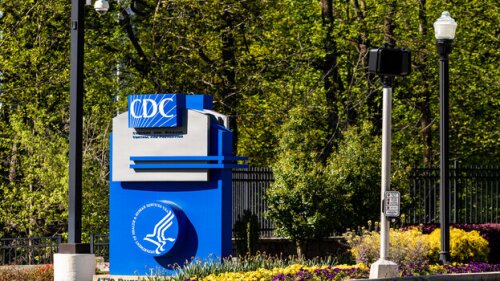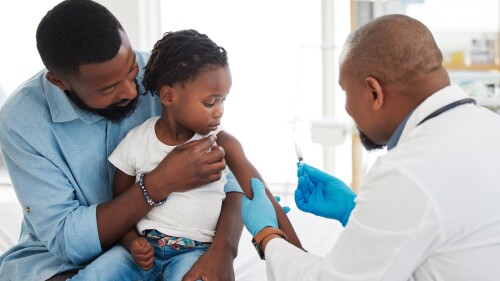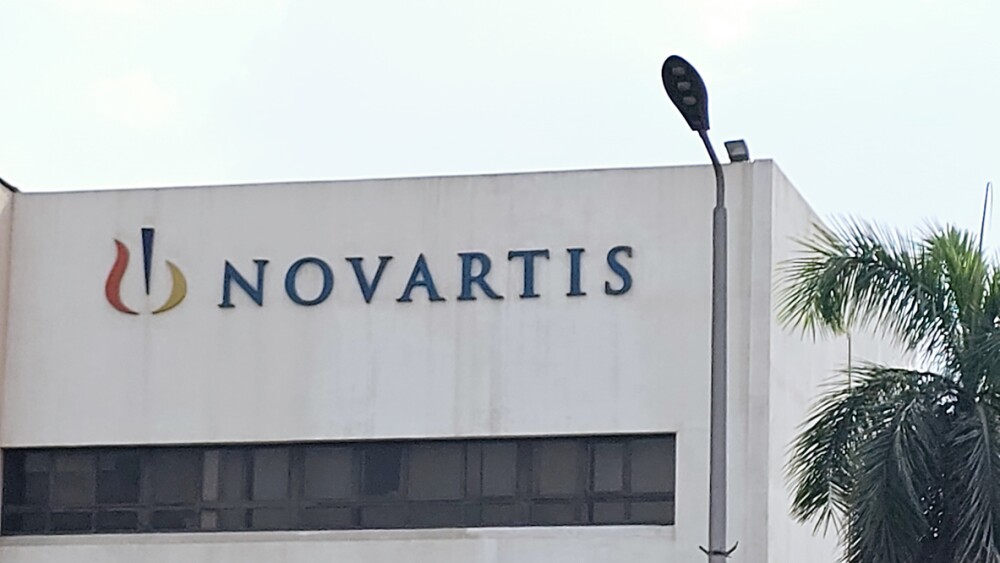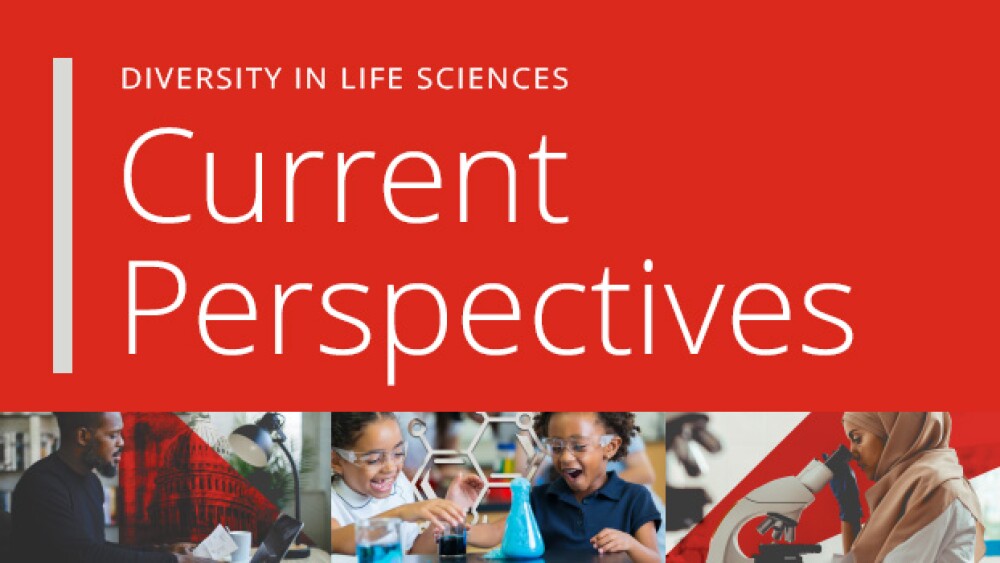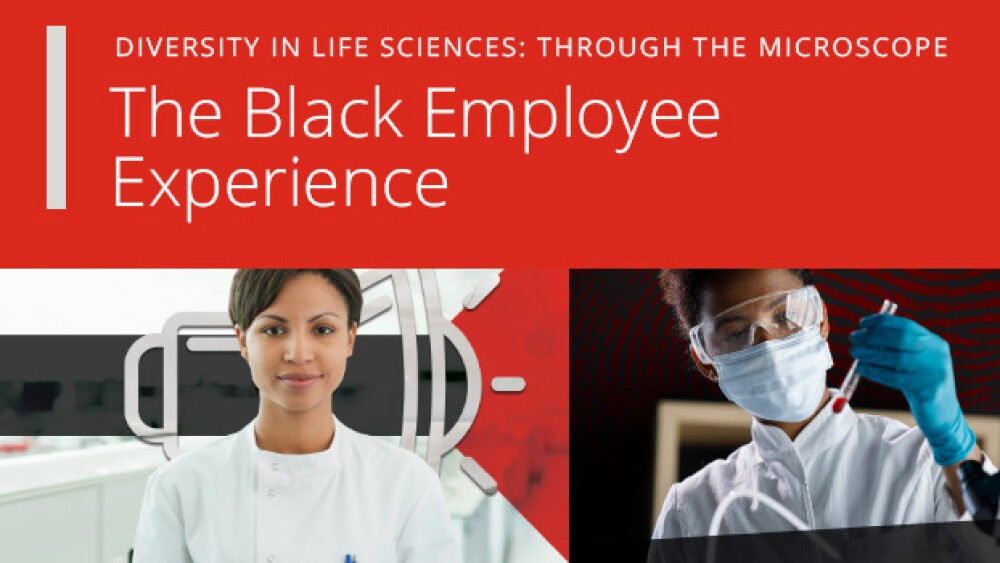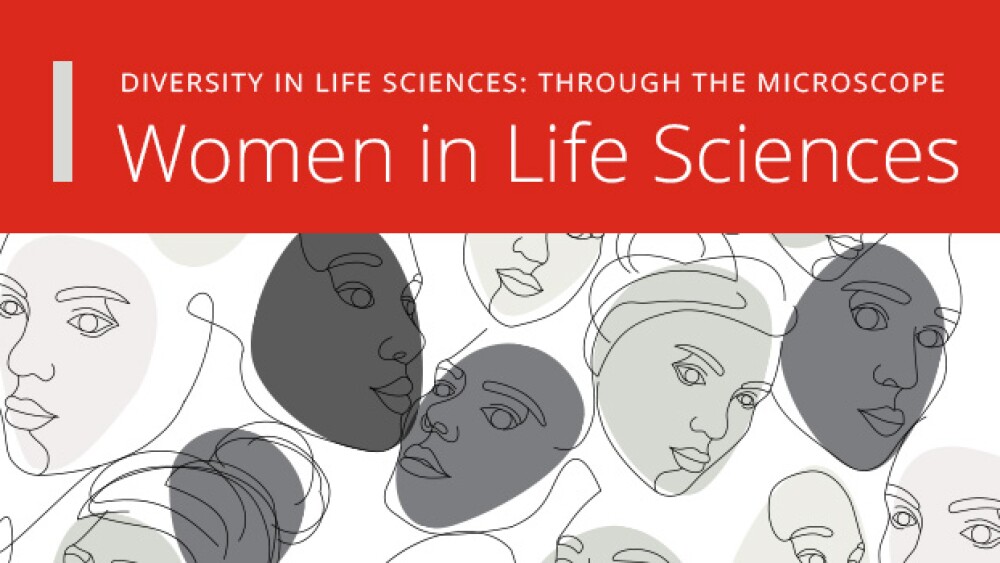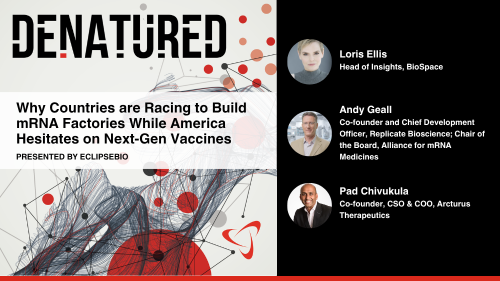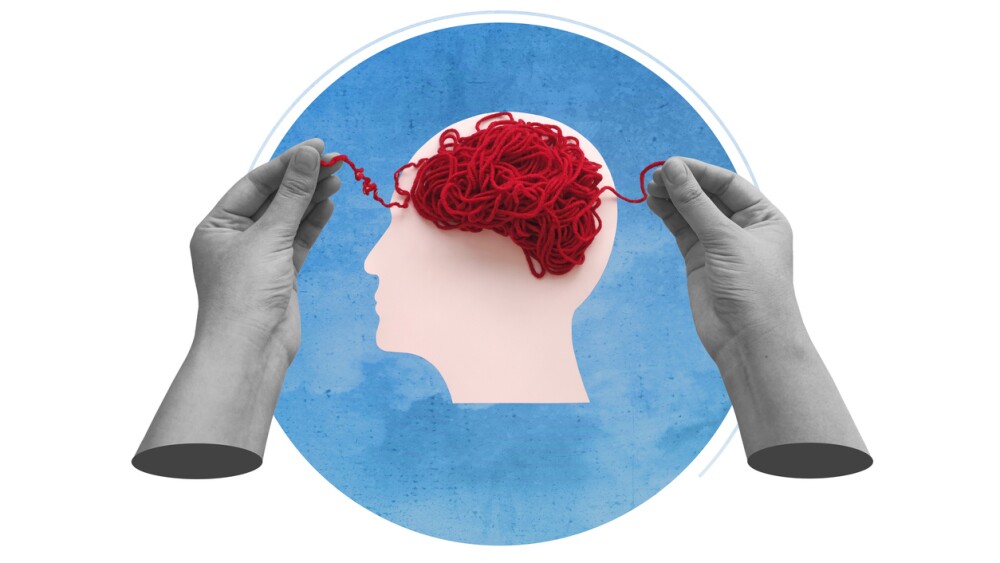The White House is clamping down on pharma’s ability to buy new molecules from Chinese biotechs; Sanofi, Merck and others abandon the U.K. after the introduction of a sizeable levy; Novo CEO Maziar Mike Doustdar lays off 9,000 while the company presents new data at EASD; Capsida loses a patient in a gene therapy trial; and CDER Director George Tidmarsh walks back comments on FDA adcomms.
This manufacturing site in Richmond, Virginia, is the first of four projects that Eli Lilly plans to reveal this year as part of a $27 billion U.S. investment announced earlier this year.
The over-representation of males and Hispanic patients in Eli Lilly’s Phase III ATTAIN-1 study could explain why orforglipron “underperformed” expectations in a previous readout, according to analysts at BMO Capital Markets.
OLN324 targets both VEGF and Ang2, the same mechanism of action as Roche’s Vabysmo, the Swiss giant’s multi-blockbuster treatment for wet macular degeneration and diabetic macular edema.
The world of healthcare is evolving to more predictive care and patients are taking greater control—a trend already emerging around GLP-1 weight loss treatments. As PwC warns, pharma will need to be ready.
A new analyst survey suggests that doctors are still prescribing Sarepta’s Elevidys, even after a series of deaths in certain populations marred the gene therapy’s record.
FEATURED STORIES
While the 10-fold increase in dose over injectable Wegovy has raised questions about the launch, Novo Nordisk has assured investors it has the manufacturing capacity to roll out oral semaglutide without restrictions on supply.
The HHS secretary recently canceled $500 million worth of BARDA contracts around mRNA vaccine research. But the U.S. government has already spent billions on this work, which has saved millions of lives.
President Donald Trump loves a deal, but Most Favored Nation drug pricing isn’t a good one for anyone.
Novo Nordisk has plummeted back to Earth after a stunning rise driven by Ozempic and Wegovy. Can the storied Danish pharma recover?
After a slow 2024, the biotech shell company Concentra Biosciences is back, offering to buy four biotechs in the past month and seven so far this year.
Sarepta’s troubles had nothing to do with Arrowhead’s assets, and yet both companies have seen their stock prices decline this past month. BioSpace caught up with Arrowhead’s Chris Anzalone to talk about the biotech’s role as an RNAi pipeline savior.
LATEST PODCASTS
In this episode presented by IQVIA, BioSpace’s head of insights Lori Ellis discusses the FDA’s first draft guidance for AI in drug development, published in January 2025, with Archana Hegde, senior director, pv systems and innovations at IQVIA.
Robert F. Kennedy Jr. testified in front of largely combative congresspeople on vaccine policy, his MAHA report and more; the mass leadership exodus at the FDA continues as CDER and CBER shed key staff; Kennedy’s revamped CDC vaccine advisors convene for their first meeting; Novo and Lilly present new data at the American Diabetes Association’s annual meeting; and BioSpace recaps BIO2025.
In this episode of Denatured, BioSpace’s Head of Insights Lori Ellis discusses key themes from BIO and DIA, including the funding environment, with Rich Daly, CEO of Catalyst Pharmaceuticals, Peter Ronco, CEO of Emmes Corporation, and Phil Vanek, founder of Redline Bio Advisors.
Job Trends
As part of cost-cutting efforts, Alector is letting go of about 25 people as it focuses on advancing its preclinical and research pipeline. Alector is also continuing clinical-stage work on programs for frontotemporal dementia and Alzheimer’s disease.
Subscribe to Genepool
Subscribe to BioSpace’s flagship publication including top headlines, special editions and life sciences’ most important breaking news
SPECIAL EDITIONS
In this special report, BioSpace examines how the biopharma industry is grappling with impending consequences of the Inflation Reduction Act.
DEALS
-
The deal is Lilly’s second obesity tie-up in a week, after sinking up to $870 million into an agreement with Camurus to develop long-acting versions of molecules against GLP-1 and other incretins.
-
Looking at licensing deals struck in the past 10 years, Jefferies found that many Big Pharmas do not ultimately follow through with M&A after earning a right of first negotiation. Sanofi, on the other hand, almost always does, as it did with Vigil recently.
-
Jefferies has predicted more small tuck-in deals to come, as biotechs struggle to access capital despite key clinical milestones on the horizon.
-
A new report from Pitchbook suggests we’re in for a period of more sustainable investing, with VC firms continuing to create and invest in companies, just more carefully.
-
The cancer conference overwhelms the senses and shows off the might of the pharmaceutical industry.
WEIGHT LOSS
-
A retrospective cohort study found that semaglutide and tirzepatide are linked with significantly lower risks of dementia and stroke, hinting at potential neuroprotective effects of GLP-1 therapies.
-
Around 3,500 FDA employees received termination emails; FDA Commissioner Marty Makary suggests lowering industry user fees and tying review times to drug prices; the regulator opens its trove of complete response letters in the name of transparency; and two companies receive rejections for rare disease therapies.
-
The molecule, developed in collaboration with Massachusetts-based Kailera Therapeutics, is headed for a new drug application in China and global clinical trials.
-
New data and analyses presented at the American Diabetes Association’s annual meeting highlight the priorities for the next generation of weight loss medicines: muscle preservation, limited side effects and novel targets.
-
H2 2025 catalysts to watch, biopharma implications of President Trump’s tax law, KalVista’s new hereditary angioedema drug that Marty Makary reportedly tried to reject, another lawsuit aimed at Health Secretary Robert F. Kennedy Jr. and a plea from patients with ALS for access to BrainStorm’s NurOwn.
POLICY
-
There’s still much more to come from the White House on tariffs, but the European Union has now reached a trade agreement with the U.S.
-
In this episode presented by Cresset, BioSpace’s head of insights Lori Ellis discusses clinical trial fail rates and AI’s potential to reduce preclinical costs with Mutlu Dogruel, VP of AI and Mark Mackey, CSO of Cresset.
-
Hundreds of HHS Staffers Accuse RFK Jr. of ‘Sowing Public Mistrust’ Against CDC After Shooting at HQIn an open letter, Health and Human Services employees asked the Secretary to stop and disavow the spread of health misinformation, particularly about vaccines, infectious diseases and federal health agencies.
-
Regulations aiming to lower the cost of vital medicines will instead end up restricting access and disincentivizing R&D.
-
The CDC no longer recommends COVID-19 vaccines for healthy children and healthy pregnant women, a position that has been opposed by leading medical societies.
Good company culture is a crucial aspect of professional life. Look at these 11 important indications of good workplace culture before accepting a job offer or use them to evaluate your new employer.
An appreciation for practicality, independent thinking and patient care can help disrupt the bureaucracy of Big Pharma.
Plus, learn about what to expect in initial interviews and how to time your post-Ph.D. job search for maximum success.
Having difficult conversations with the right mindset can build trust and further develop your relationship with your team.
Getting caught between younger team members and older bosses can be stressful for millennial managers. A leadership expert and millennial manager share tips for bridging the gap between these groups.
For reasons including downsizing, avoiding retirement and a tight labor market, senior-level biopharma professionals are increasingly turning to fractional roles, according to two recruitment experts.
HOTBEDS
REPORTS
BioSpace surveyed our community to gain their insights and perspectives on work, their employers, and to understand who makes up the life science community.
How does being Black affect the workplace experience as a life sciences professional? BioSpace surveyed our community to gain a greater understanding of Black employees’ feelings of inclusion and their perspectives on employer DEI initiatives.
Over the last two decades, women have achieved near equal levels of representation in life sciences - though there are distinct gaps in leadership and pay equity. The experience of women also differs vastly depending on age, race, and other factors.
CANCER
-
BMO Capital Markets pointed to FDA leadership, and CBER Director Vinay Prasad in particular, as potential factors in the agency’s decision to issue a complete response letter for Replimune’s viral treatment RP1 for advanced melanomas. Shares of the company tumbled 75% on Tuesday.
-
In this episode presented by Eclipsebio, BioSpace’s head of insights Lori Ellis continues the discussion on mRNA and srRNA with Andy Geall of Replicate Bioscience and Alliance for mRNA Medicines and Pad Chivukula of Arcturus Therapeutics.
-
Roche and Genentech were unable to sufficiently demonstrate the benefit of using Columvi in an earlier treatment setting for DLBCL in a U.S. population, according to the FDA.
-
The panelists flagged safety concerns with Blenrep and GSK’s failure to optimize its dosing regimen for the antibody-drug conjugate in multiple myeloma.
-
Johnson & Johnson’s $23.7 billion in second-quarter earnings, driven by cancer and neuroscience drugs, exceeded analyst expectations, while CEO Joaquin Duato set a target of $50 billion in oncology sales by 2030.
NEUROSCIENCE
-
These five upcoming data drops could usher in more effective and convenient therapies for Alzheimer’s disease and open up novel pathways of action to treat the memory-robbing illness.
-
Second-quarter earnings come amid many high-level challenges for the biopharma industry. How will these five closely watched biotechs fare?
-
Sarepta Therapeutics faces serious FDA action after news broke of a third patient death, the FDA gets a new top drug regulator in George Tidmarsh, a handful of new drugs get turned away from the market and pharma companies continue to commit billions to reshoring manufacturing.
-
Otsuka and Lundbeck’s data are insufficient to establish significant efficacy of Rexulti plus sertraline in PTSD, according to the FDA’s outside experts.
-
The patient, who was being treated with an investigational gene therapy for limb-girdle muscular dystrophy, died of acute liver failure, the same complication responsible for the deaths of two boys taking Sarepta’s Duchenne muscular dystrophy treatment Elevidys.
CELL AND GENE THERAPY
-
The pivotal trial for Neurogene’s Rett syndrome gene therapy makes use of baseline controls and a rigorous endpoint that could help ensure a broader label for the drug product, if approved, according to analysts.
-
The all-cash buyout, which gives AbbVie access to Capstan Therapeutics’ in vivo edited CAR T therapy for B cell–mediated autoimmune diseases, adds to a growing sense of momentum in M&A, according to BMO Capital Markets.
-
Changing how biopharmas package their products, how regulators review new drugs and how mutated genes are fixed could make ultrarare disease treatments possible.
-
Jefferies analysts called the proxy filing, which is a standard disclosure after a merger agreement, “much more intriguing than normal” given the regulatory turmoil it revealed.
-
The FDA is assessing the need for “further regulatory action” on Sarepta’s Duchenne muscular dystrophy gene therapy in the aftermath of two patient deaths, though the regulator has not yet specified what action this could be.






